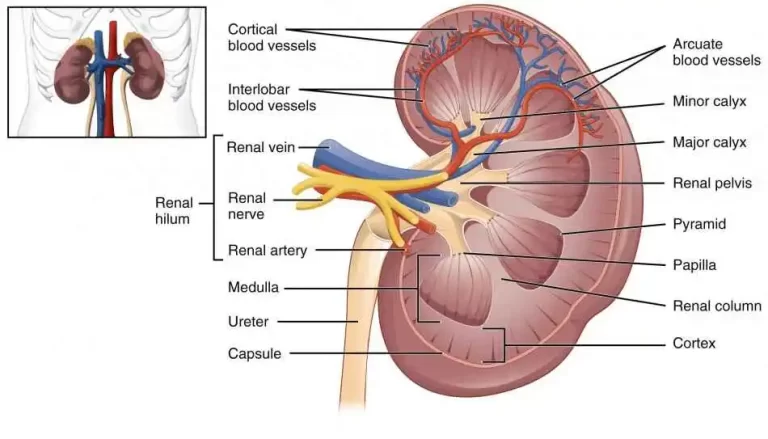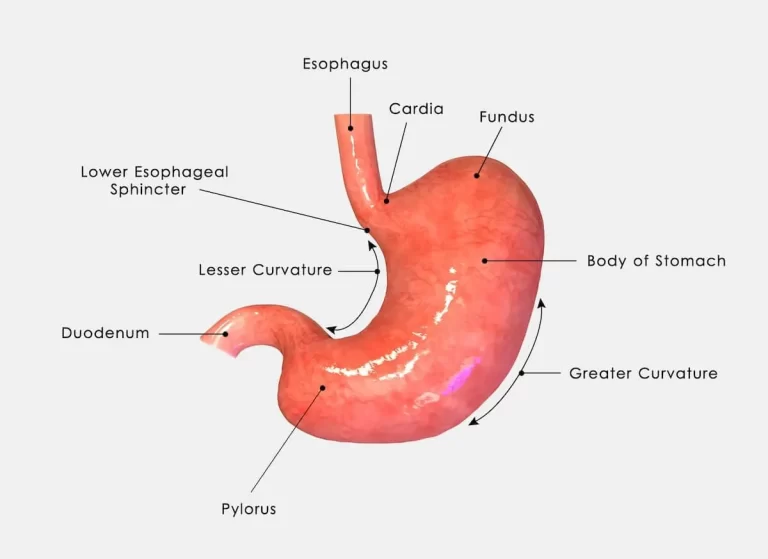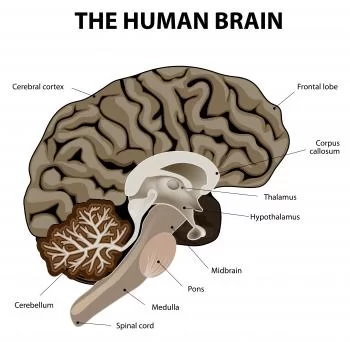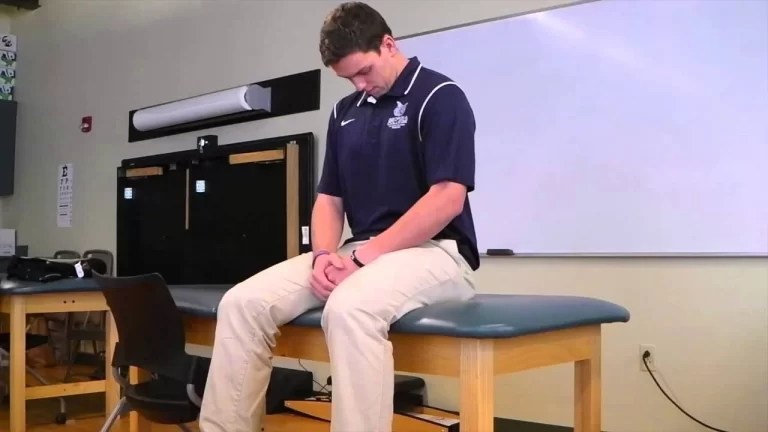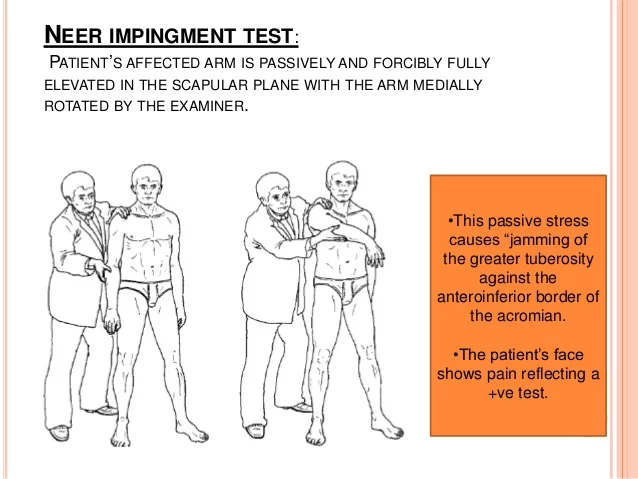Treating Pain with Medical Cannabis in the UK
In the UK, cannabis for pain is becoming an increasingly popular option for managing chronic pain conditions like arthritis and ankylosing spondylitis. Traditional painkillers such as opioids can lead to dependency and come with a range of side effects. Medical cannabis offers a natural alternative, providing effective pain relief without the risks. Clinics like Releaf…


